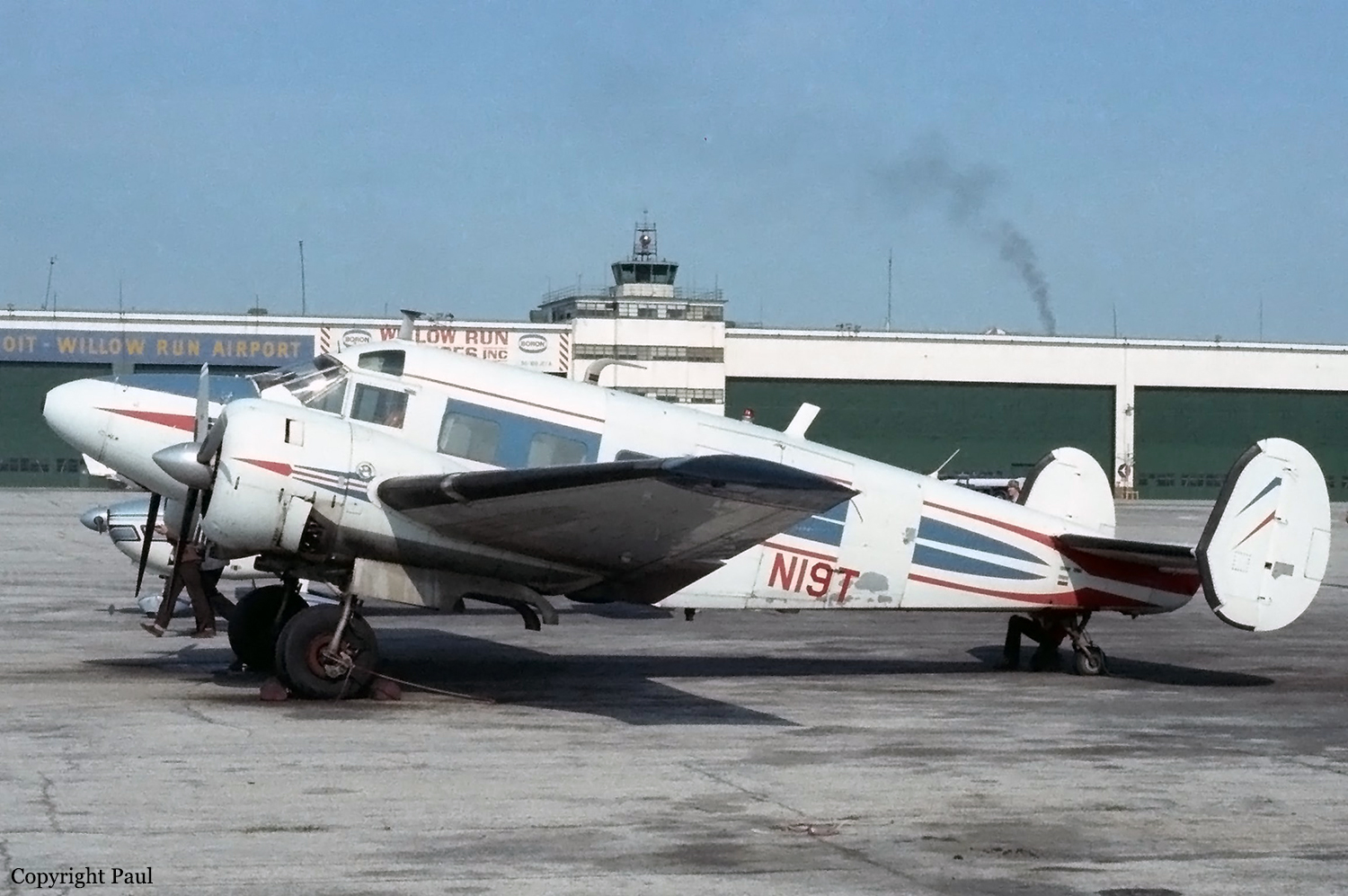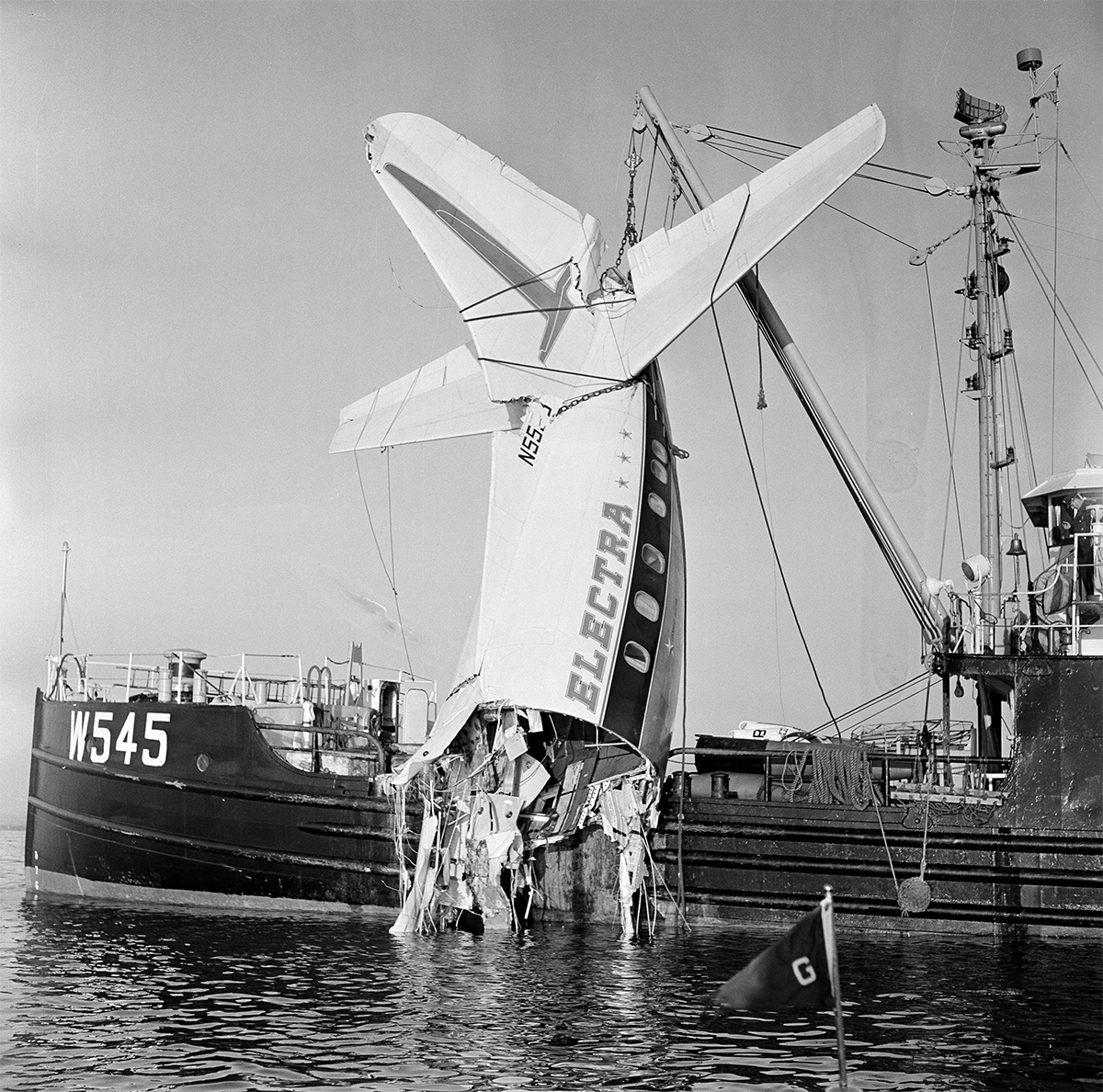Crash of a Beechcraft E18 in Birmingham: 1 killed
Date & Time:
Jun 20, 1985 at 2101 LT
Registration:
N19T
Survivors:
No
Schedule:
Birmingham - Atlanta
MSN:
BA-147
YOM:
1956
Flight number:
ABX74
Crew on board:
1
Crew fatalities:
Pax on board:
0
Pax fatalities:
Other fatalities:
Total fatalities:
1
Captain / Total hours on type:
5000.00
Aircraft flight hours:
10936
Circumstances:
At 2045 the military flight, Dixie 06, contacted Birmingham approach and obtained clearance for a low approach followed by a full-stop landing on runway 05. At 2053, Dixie 06 reported a 4 mile final for a low approach to the local controller. At 2054:19, the local controller cleared ABX74, N19T, '...taxi position and hold five.' ABX74 was awaiting takeoff instructions on runway 05 when the collision occurred. Investigation revealed the local controller forgot ABX74. She became preoccupied with other traffic using runway 36. The local controller termed the traffic as busier than normal for a night operation. At the time of the accident, the tower was staffed with two air traffic controllers and an air traffic assistant. No supervisor or coordinator was available in the cab to detect controller overload and offer assistance. The pilot, sole on board, was killed. The military aircraft involved in the collision was a USAF Douglas RF-4C Phantom II registered 64-1032 with two pilots on board. They escaped uninjured.
Probable cause:
Occurrence #1: on ground/water collision with object
Phase of operation: standing - engine(s) operating
Findings
1. (c) identification of aircraft visually - not performed - atc personnel (lcl/gnd/clnc)
2. (c) diverted attention - atc personnel (lcl/gnd/clnc)
3. (c) visual separation - not maintained - atc personnel (lcl/gnd/clnc)
4. (c) mental performance overload - atc personnel (lcl/gnd/clnc)
5. (c) atc clearance - improper - atc personnel (lcl/gnd/clnc)
6. (c) supervision - inadequate - atc personnel (supervisor)
----------
Occurrence #2: fire
Phase of operation: other
Phase of operation: standing - engine(s) operating
Findings
1. (c) identification of aircraft visually - not performed - atc personnel (lcl/gnd/clnc)
2. (c) diverted attention - atc personnel (lcl/gnd/clnc)
3. (c) visual separation - not maintained - atc personnel (lcl/gnd/clnc)
4. (c) mental performance overload - atc personnel (lcl/gnd/clnc)
5. (c) atc clearance - improper - atc personnel (lcl/gnd/clnc)
6. (c) supervision - inadequate - atc personnel (supervisor)
----------
Occurrence #2: fire
Phase of operation: other
Final Report:




















